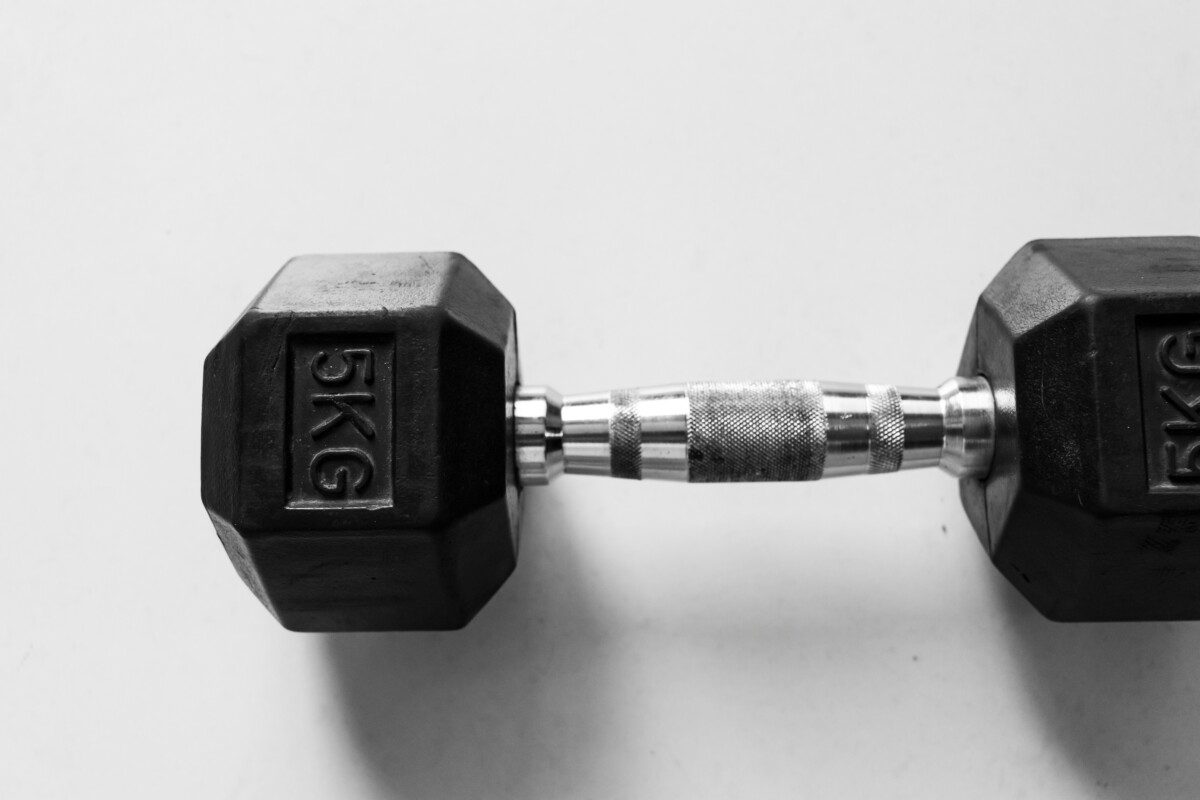
Maintaining Muscle Mass During Menopause
Decline in Muscle Mass During Menopause
Muscle mass may decline during the menopause transition primarily due to hormonal changes, particularly the reduction in estrogen levels. Estrogen plays a critical role in muscle maintenance by influencing muscle regeneration and repair processes. As estrogen levels drop, the body’s ability to produce and maintain muscle tissue diminishes, leading to a gradual loss of muscle mass. Additionally, aging, stress and poor sleep may contribute to a decline in muscle mass and strength, a condition known as sarcopenia. This decline is further exacerbated by decreased physical activity, which can be common as we age. Reduced muscle mass can lead to decreased strength, mobility issues, and an increased risk of falls and fractures.
Importance of Maintaining Muscle Mass During Menopause
Maintaining muscle mass during the menopause transition is crucial for overall health and quality of life. Muscle mass is essential for maintaining strength, balance, and mobility, all of which contribute to an active and independent lifestyle. It also plays a significant role in metabolic health, as muscle tissue helps regulate blood sugar levels and contributes to energy expenditure. Preserving muscle mass can mitigate the risks associated with osteoporosis, a condition that becomes more prevalent post-menopause due to decreased bone density. Strong muscles provide better support for bones, reducing the likelihood of fractures. Additionally, maintaining muscle mass can improve posture, alleviate joint pain, and enhance overall physical appearance, contributing to better self-esteem and mental health.
Health Benefits for Relieving Menopause Symptoms
Maintaining muscle mass during menopause offers several health benefits that can help relieve menopause symptoms. Regular physical activity and strength training can improve sleep quality, reduce anxiety and depression, and enhance cognitive function, which are all common concerns during menopause. Exercise also helps manage weight, reducing the risk of obesity and related conditions such as diabetes and cardiovascular disease. Strong muscles support better joint function, reducing the incidence of joint pain and stiffness that many experience during menopause. Furthermore, regular physical activity stimulates the release of endorphins, which are natural mood lifters, helping to combat mood swings and emotional fluctuations often associated with menopause.
How to Maintain Muscle Mass During Menopause
To maintain muscle mass during menopause, incorporating regular strength training exercises into your routine is essential. Aim for at least two to three sessions per week, focusing on all major muscle groups. Resistance exercises, such as lifting weights, using resistance bands, or performing body-weight exercises like push-ups and squats, are particularly effective. In addition to strength training, ensure adequate protein intake to support muscle repair and growth. Include lean protein sources like chicken, fish, tofu, and dairy in your diet. Staying active throughout the day by engaging in activities like walking, gardening, or yoga can also help maintain muscle mass. Lastly, prioritize adequate rest and recovery, as muscles need time to repair and grow after exercise. Consult with a healthcare provider or a fitness professional to design a personalized exercise program that suits your needs and abilities.
Looking for more ways to improve your health and live your most stunning life during Menopause? Watch my FREE Masterclass The Secrets of Fat Loss for Women over 40 – Where I share the results-based framework that I have personally used to help get me to my goal weight and stay there, effortlessly! All while living my most healthy and happy life. Watch the Masterclass Here!
Helping
High-Achieving
Women Create
Optimum
Health
home
about
private coaching
The Metabolic Beauty Reset
corporate wellness
blog
privacy policy
terms & conditions
contact
© 2021 Jennifer Hanway, llc | All Rights Reserved | brand + website by high Moon studio
Programs